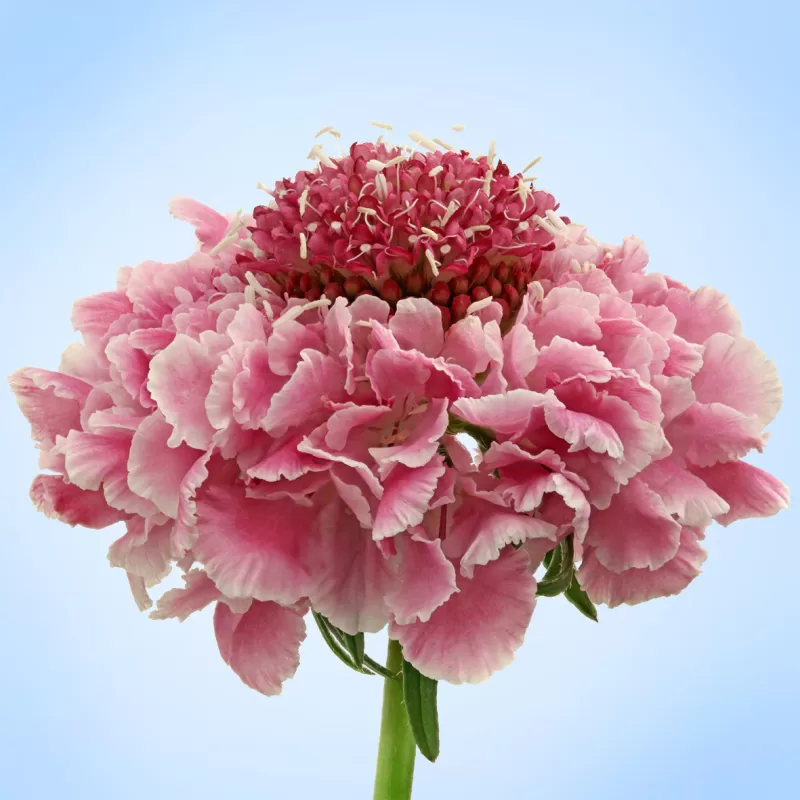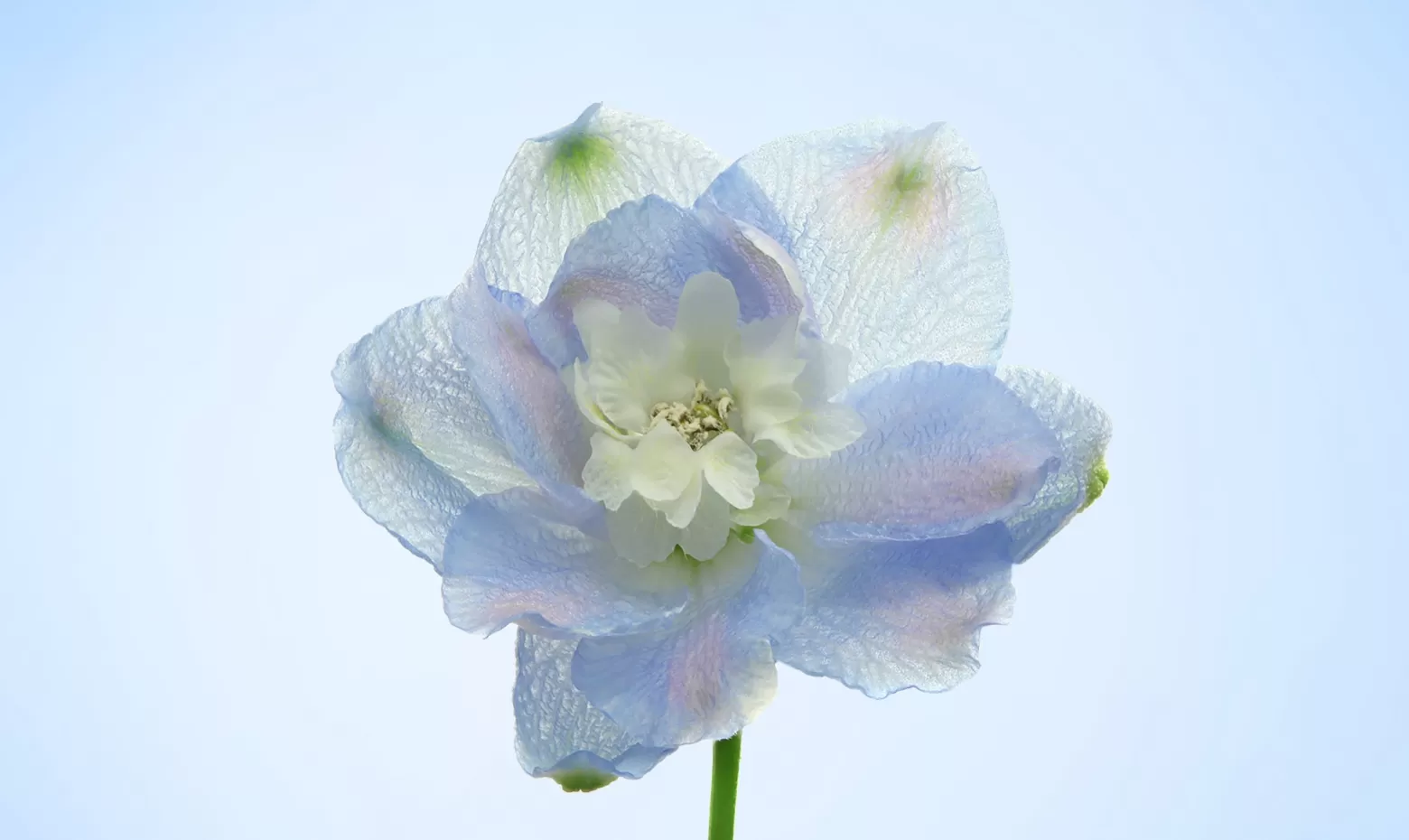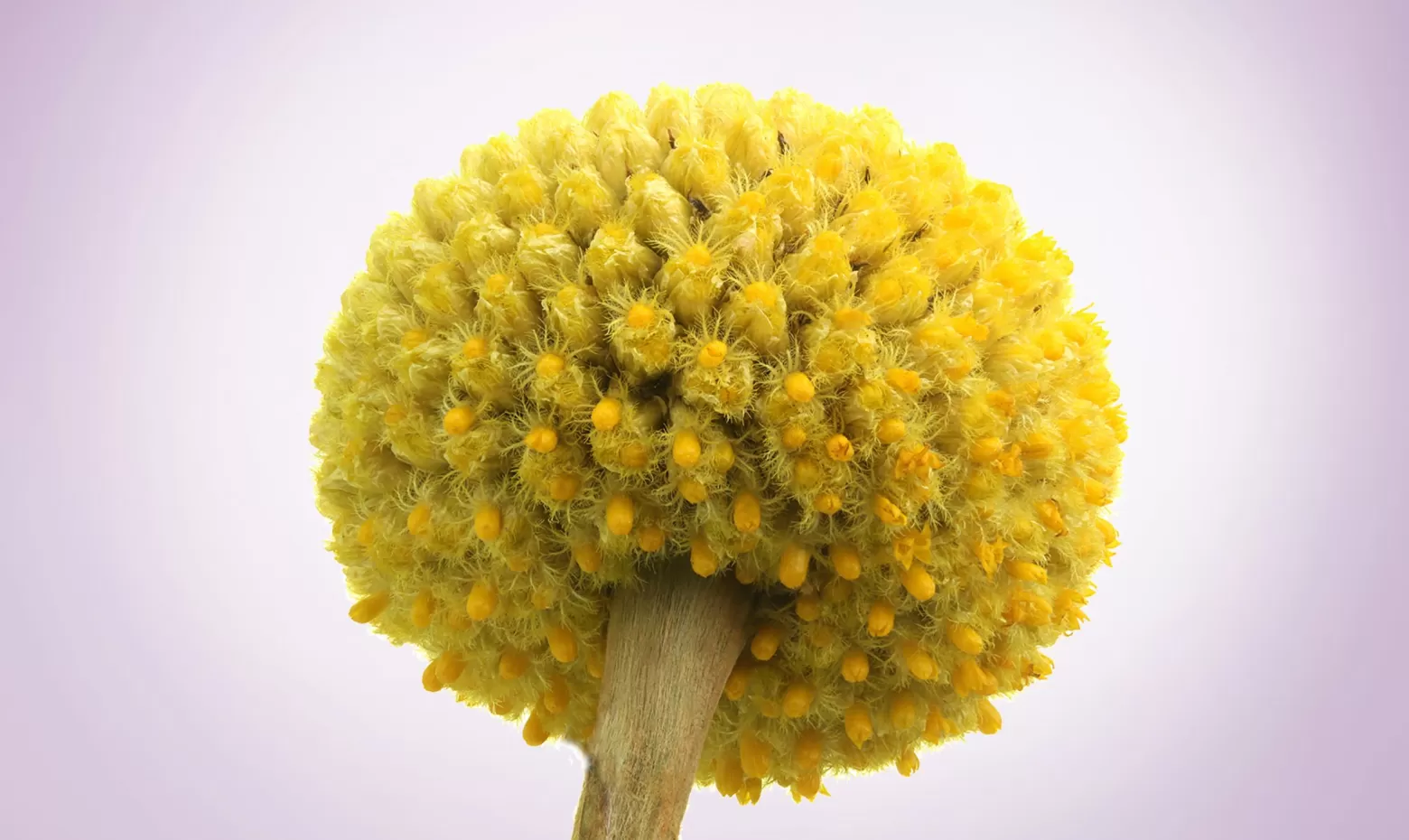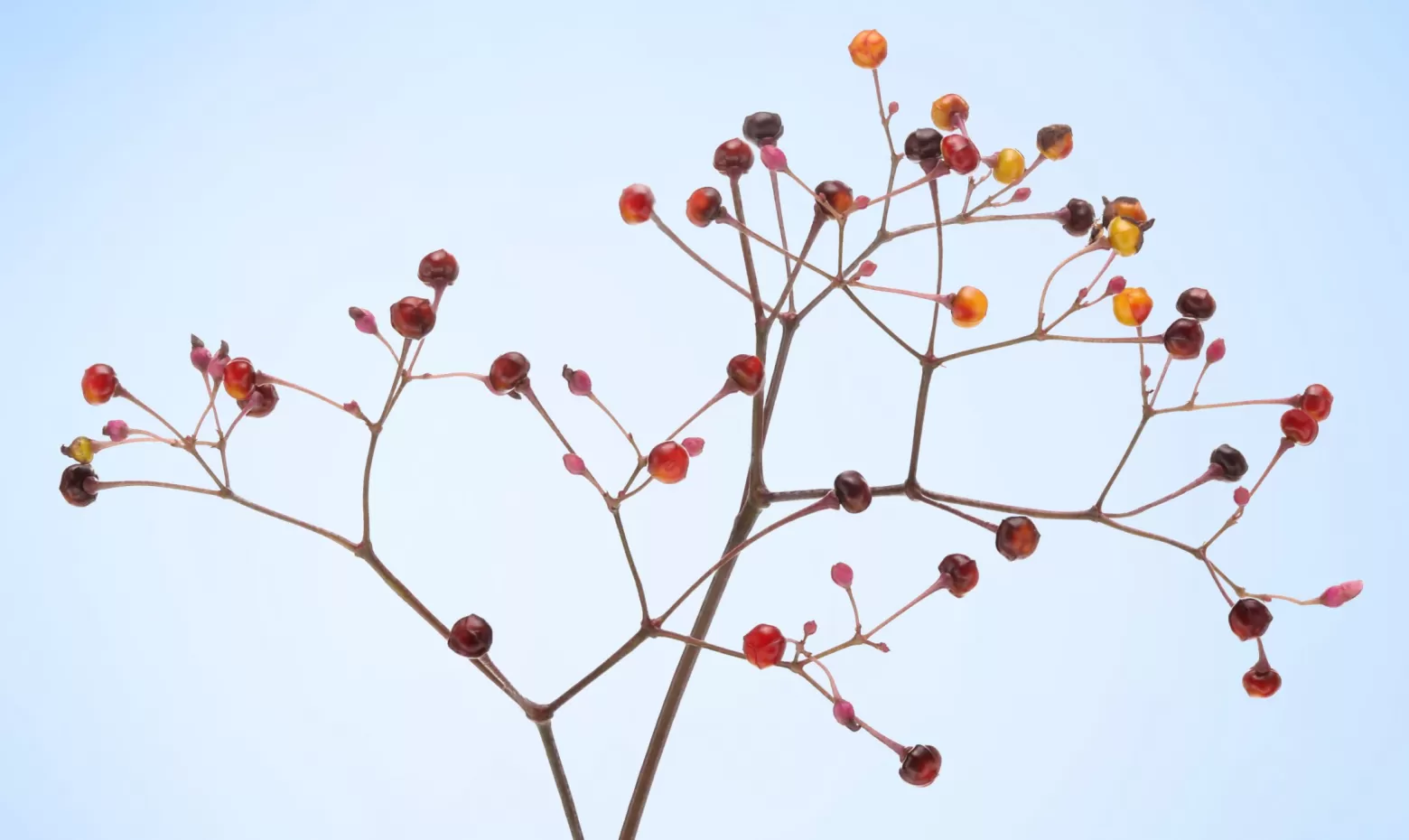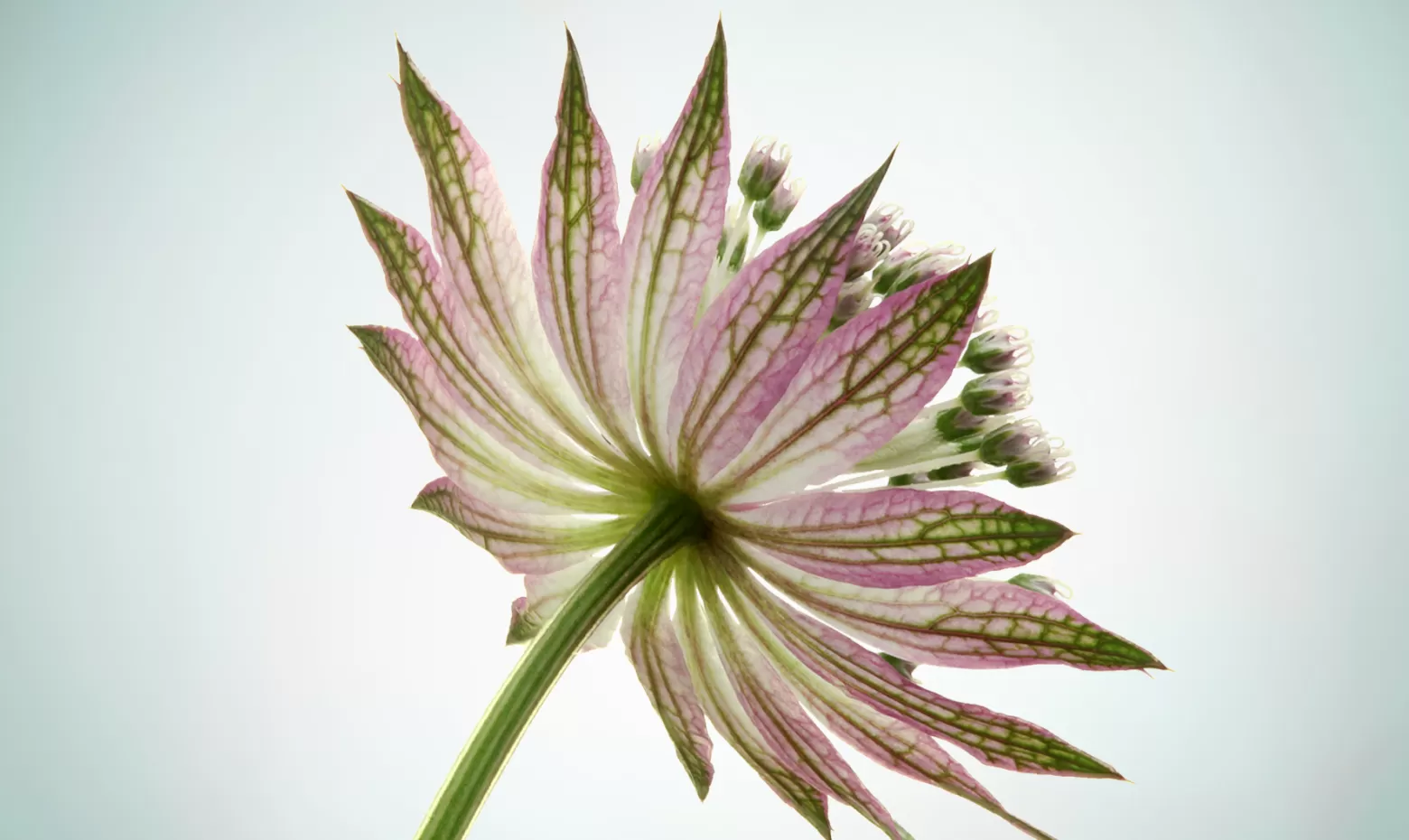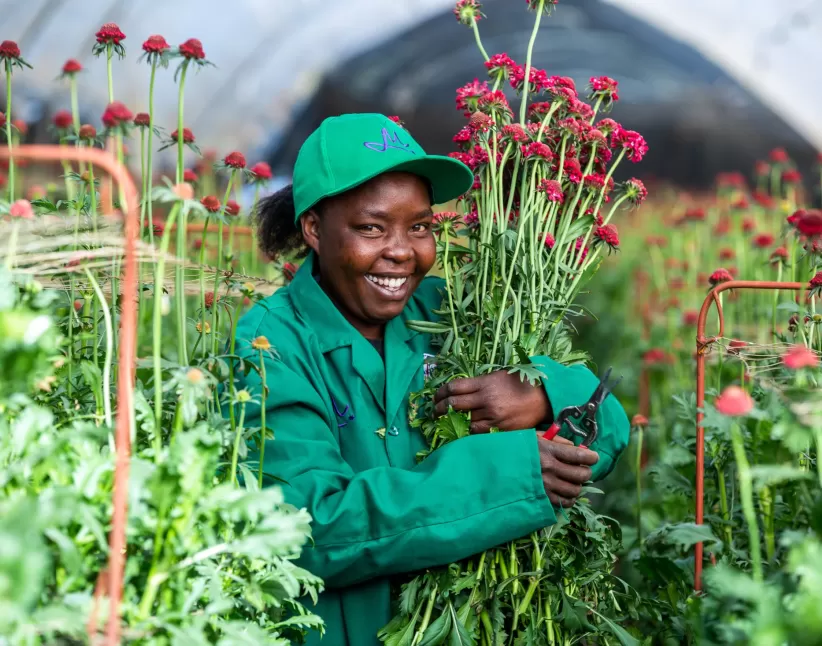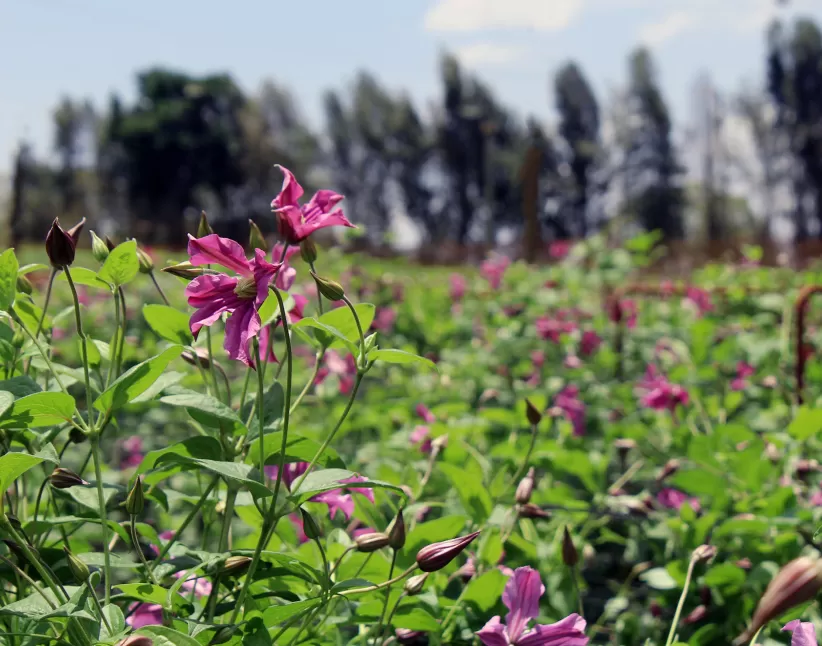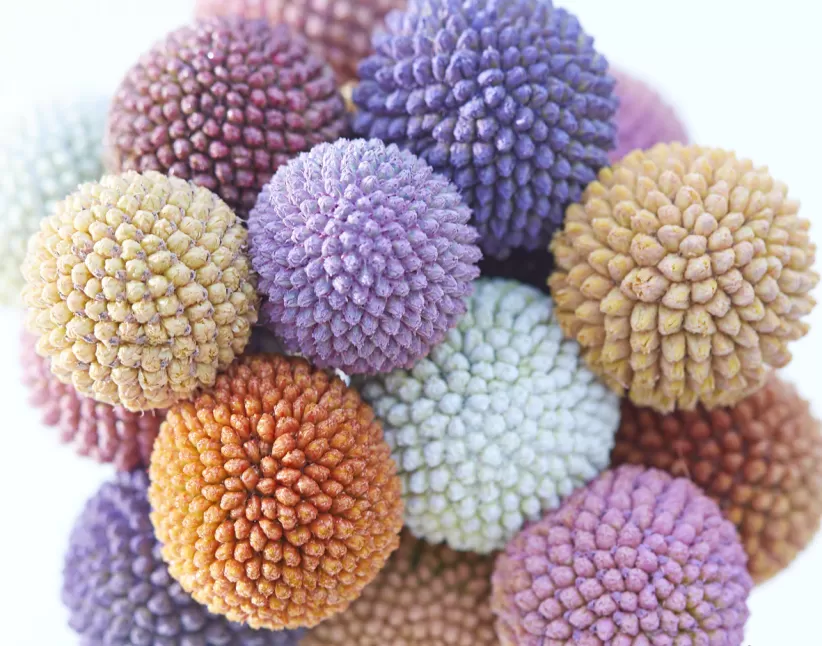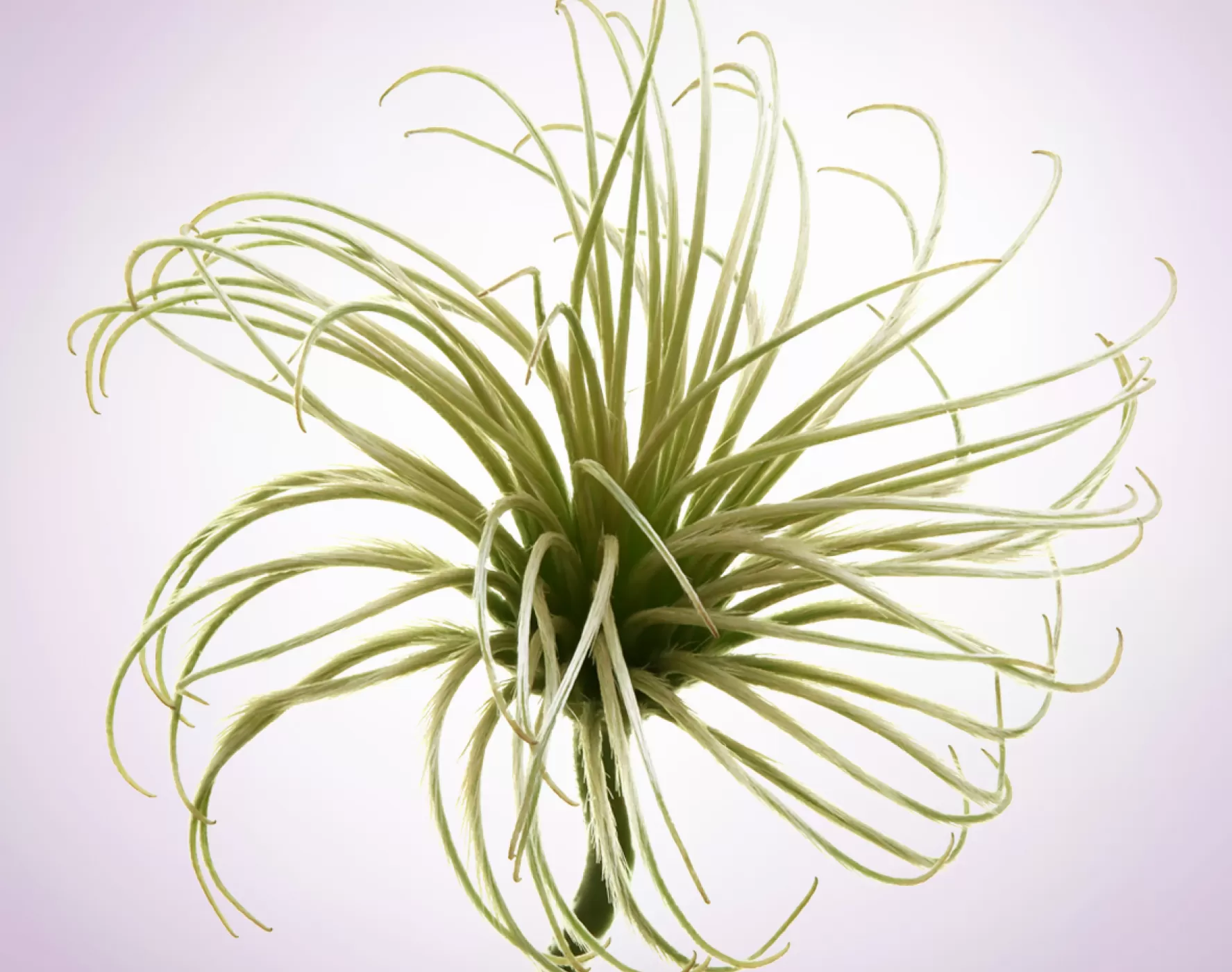
Picture perfect
Beautiful flowers deserve to be beautifully portrayed. At Marginpar we get the assistance of photographer Paul Heijmink. With his unique style he creates the most beautiful images. And although Paul has already photographed hundreds, if not thousands, of flowers, every flower remains a new challenge.
Back to storiesaul Heijmink was "born among flowers", as he describes himself. His parents were in flowers and plants and his brother didn't escape the flower virus either; he owns a flower shop. "It must be in my genes." Clearly, because in addition to his activities as a photographer, Paul also works at the Plantion Flower Auction. There he regularly takes new types of flowers and plants with him that end up in a vase or in the garden at home, to be photographed afterwards. "The advantage of growing your own flowers is that you can pick them at exactly the right time for the photo." Paul is clearly a perfectionist, and a huge flower enthusiast. He glows as soon as he starts talking about flowers. And Paul has a lot to tell.
About that right moment, for example. When is a flower at its best? "It's a game of elements. The right ripeness, the right lighting, the right quality. Some flowers are very fragile, roses for example. Rose petals show tiny fractures if they have been shaken too much during transport. You don't see that in a normal photo, but you can see it in the way I do it."
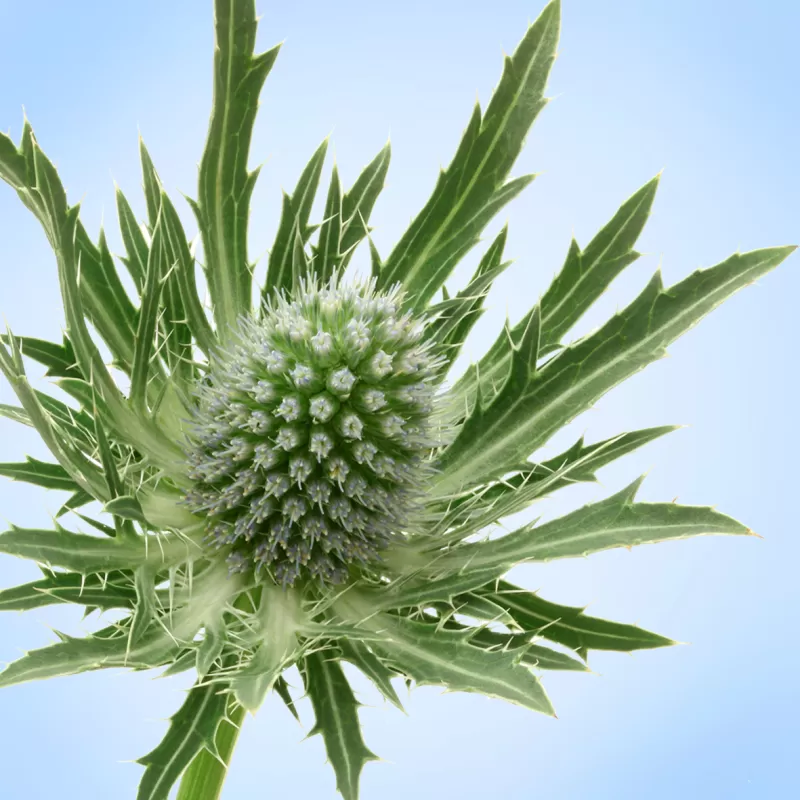
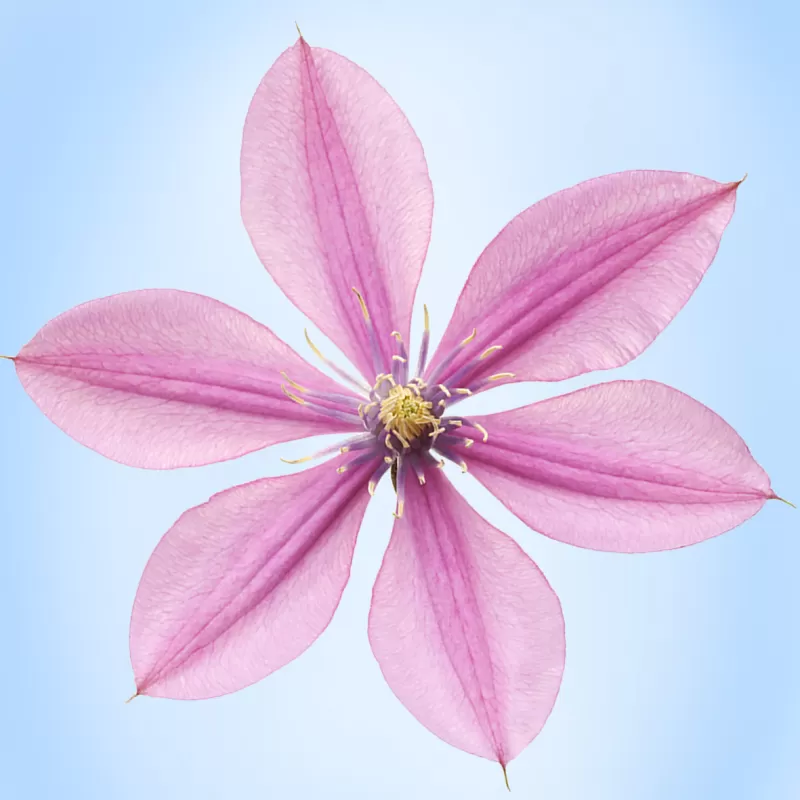
Infinitely sharp
Paul has a special technique, 'focus stacking', with which he gives his work a clear signature. The flowers are photographed close-up, and are extremely sharp. And it is precisely this sharpness that is so special. "As soon as I've created the scene, the lighting is right and I've determined my frame, I take 10 to 15 photos. I start focusing on one point in the foreground, and shift the sharpness up a few millimeters each time I take a picture. After that I combine those photos after which one photo remains that is infinitely sharp. Then I adjust my frame and start again."
”When I'm shooting for an evening, I've got about 1000, 1500 shots. My archive is huge.
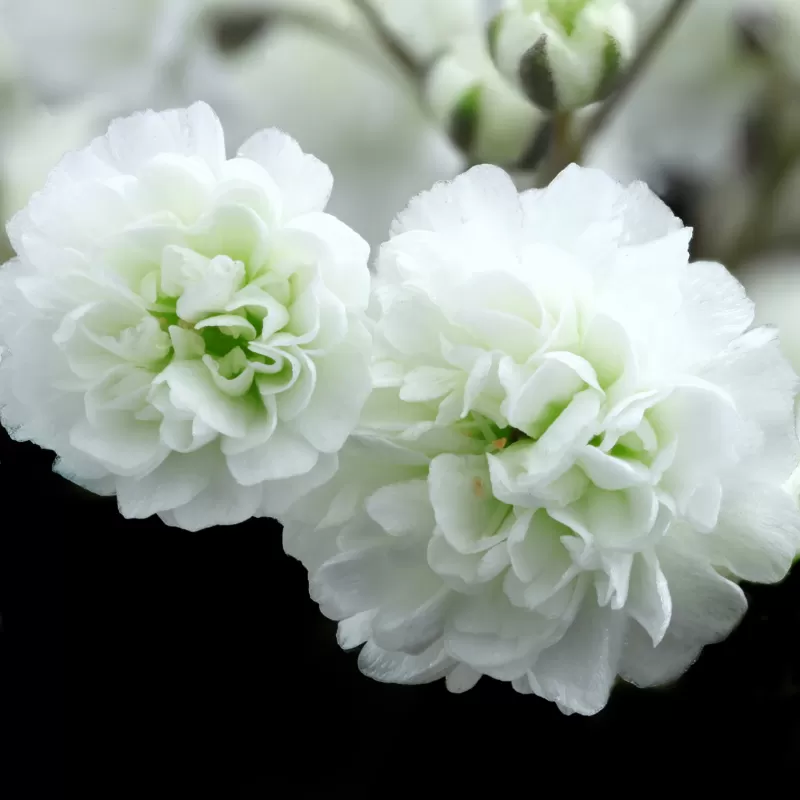
Extremely close
"I used to do it more than I do now: shooting from extremely close range. Real macro photography, in which you capture the details perfectly, magnifying a flower completely. Sometimes you just don't know what you see anymore. Gypsophila for example, even people from the flower trade don't know what they're looking at anymore."
f.l.t.r. Delphinium Guardian Lavender, Craspedia Paintball™ Pop, Talinum 'Long John', Astrantia Star of Africa®
Favourite
Paul starts to shine even more when he talks about his favourites. Although he can't name one flower as a real favourite, because there is something beautiful to discover in almost every flower. "A parakeet tulip, Anemones (so photogenic), Clematis, and oooooh those Astrantias. They're so beautiful up close. Dahlias sometimes look like a water colour painting. And Delphinium, that one becomes transparent in a picture. Wonderful."
"I can really enjoy the details. I would like to point that out to everyone: just look how beautiful it is! I am busy with photography 4 days a week, sometimes 5, sometimes 6. Day in, day out. If I don't have the flowers at home I buy them, or get them from the garden. Doesn't matter, but I get all restless when there are no flowers in the house".
”My house is full of flowers. Sometimes there's vases all over the floor.
The challenge lies in the size
"The bigger the product, the harder it is to make something out of it. My style comes into its own when a flower is smaller. Photographing an Astrantia, well, not everyone can do that. But anyone can do a Delphinium. It is a challenge to give it your own twist, to make it a real Paul Heijmink. Sometimes the challenge lies in something else. With the Panicum for example, these are very difficult to illuminate. If the photograph is a succes, I think: 'Yes'."
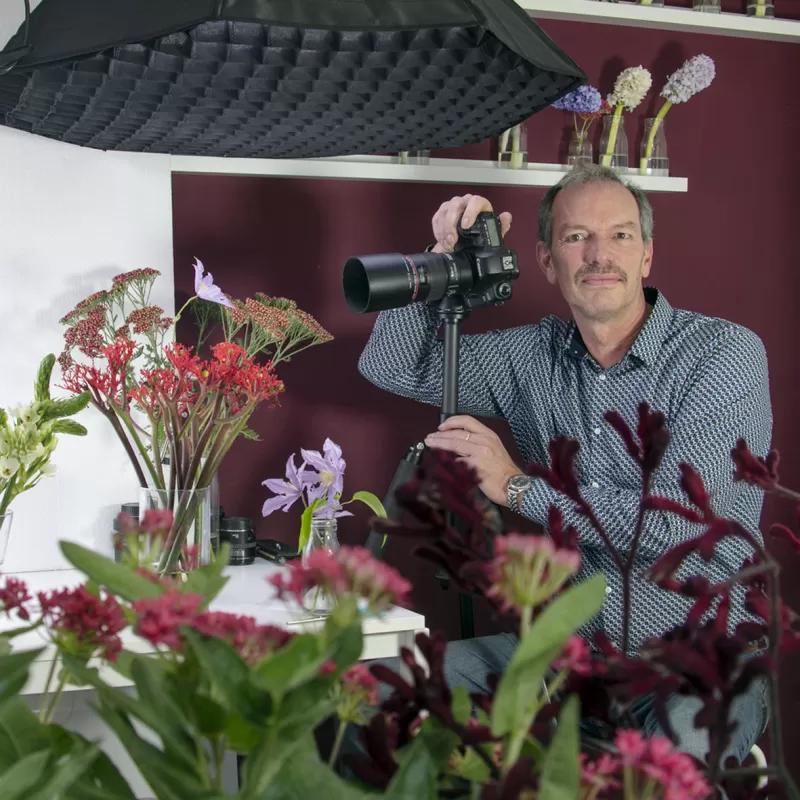
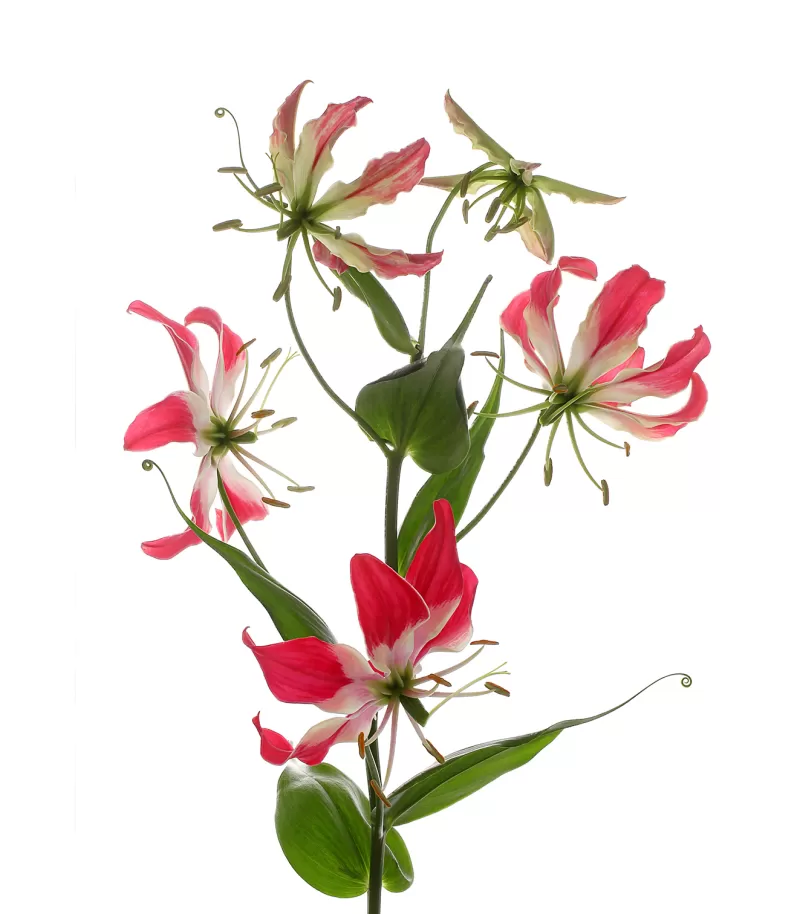
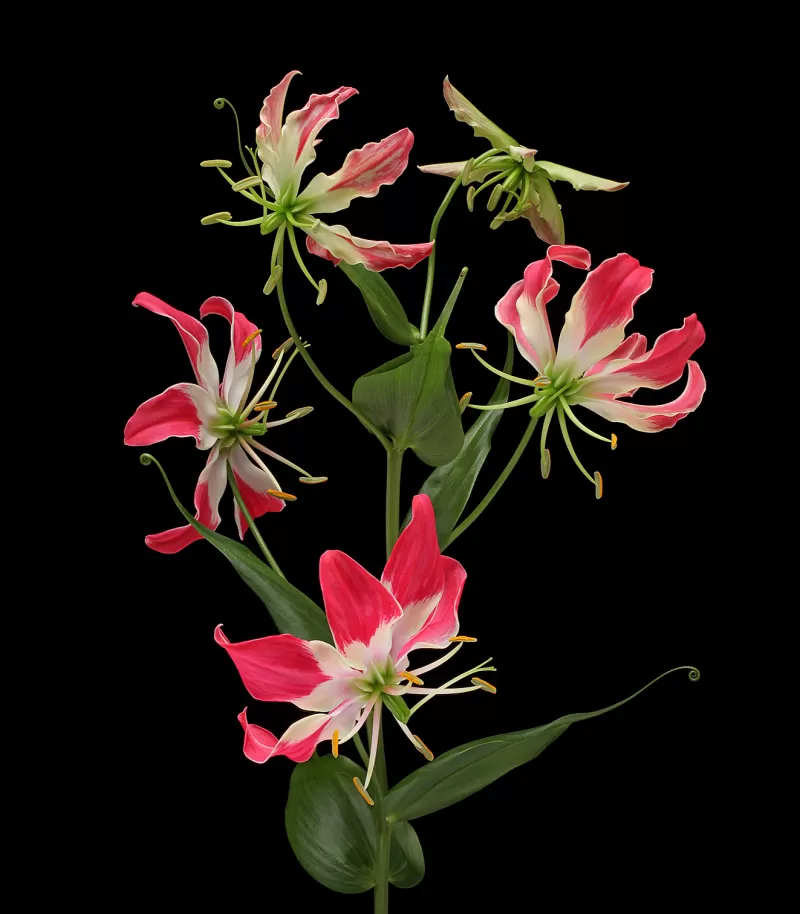
Black vs white
"I shoot a lot against black myself, but Marginpar wanted a white background. Before I went to photograph for Marginpar I did not do that yet, I had to practice, it was quite difficult for a while." When he was 16, Paul bought his first camera from his first salary and never stopped photographing. Flowers on a black background, that was child's play. But on white? "It requires a completely different exposure. Black illuminates from the back, white from the front. You don't want backlighting. It's just a matter of searching for the perfect picture every time."
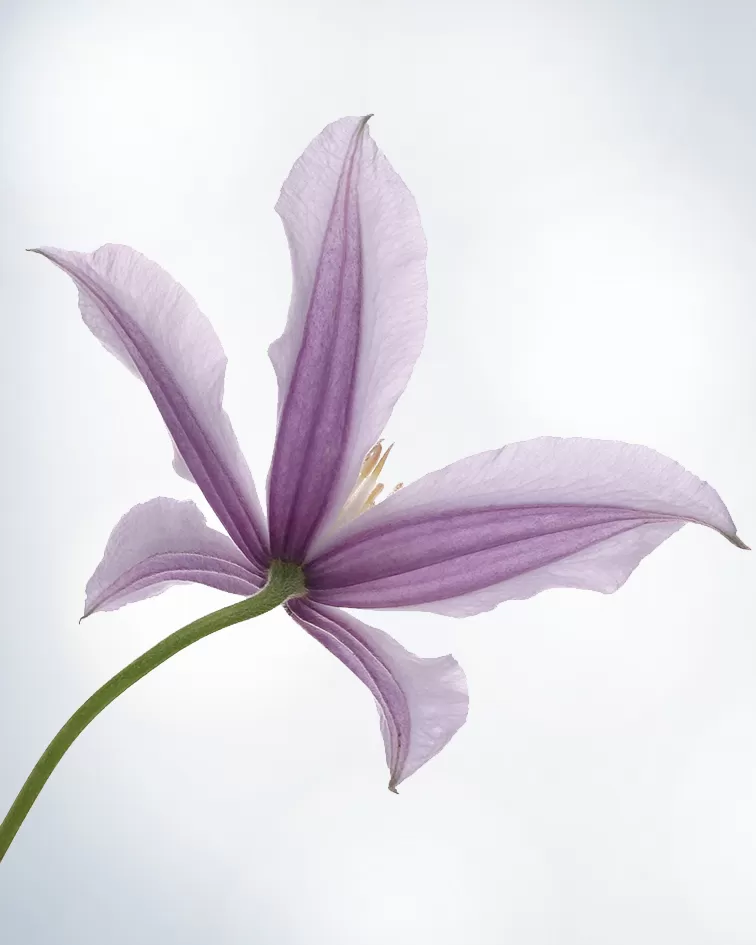
The perfect picture, completely different
That perfect picture, that's the ultimate goal. You can do anything with it. "I had the Clematis Amazing® London the other day. Then you think, "Five pictures is enough", but I keep going. Sometimes you want a picture of the backside. Then you think, "Who takes a picture of the backside? But that can be really beautiful. I just turn them around, put them in a clamp or vase and sometimes put a diagonal block underneath. In the past, in macro photography, I used to do it by hand, but I don't do that anymore. I like it more in the studio."
An insult to the flower
Paul's best tip? "You have to learn to look closely first. The most beautiful image can be very small. And you must also dare to say: "I don't take pictures of this, because it doesn't look right. There are people who present photos that don't look good. Why do you do that? An insult to the flower. There is so much to see! Then I think: 'take a good look around you. You can go on forever'."
“You brighten up my day”
Paul always publishes his photos on Facebook at noon. His photos can count on a lot of likes and praise. Sometimes there's a reaction that gets Paul all excited: "There was a lady who told me that she was always looking forward to another post from me. An American lady, she said "You brighten up my day". A flower as a counterpart to the misery in the news. Yeah, that does something to me."
Do you want to know more about Paul? Have a look at his Facebook page.
